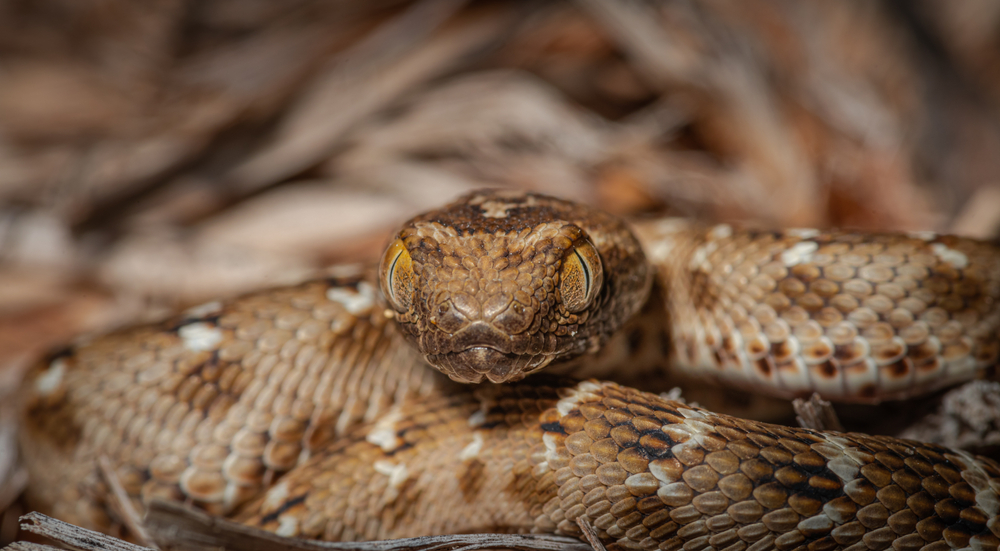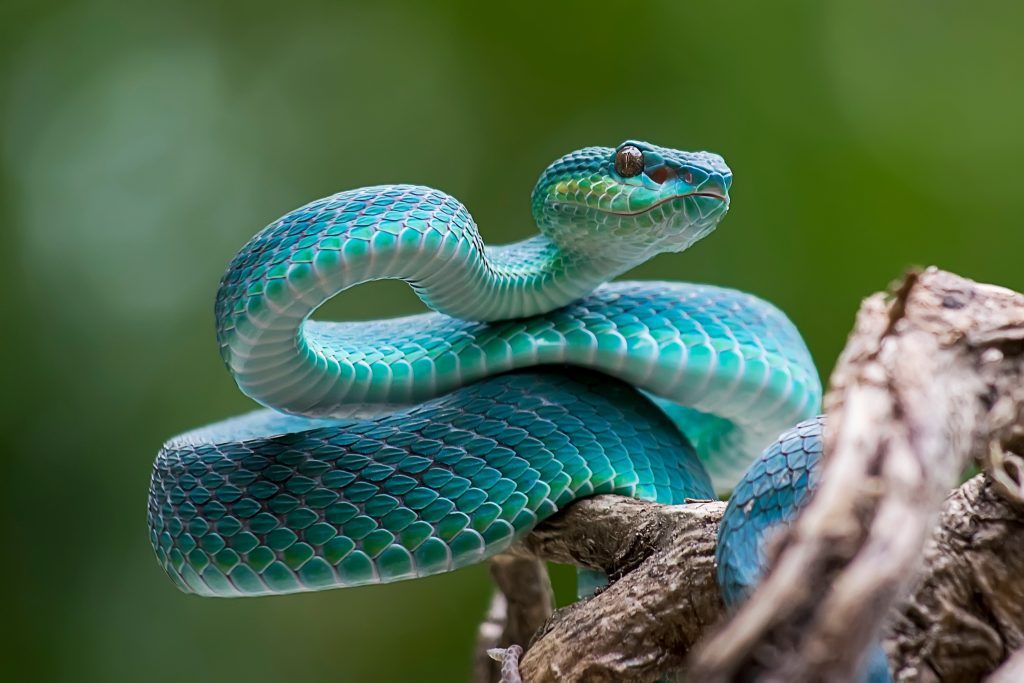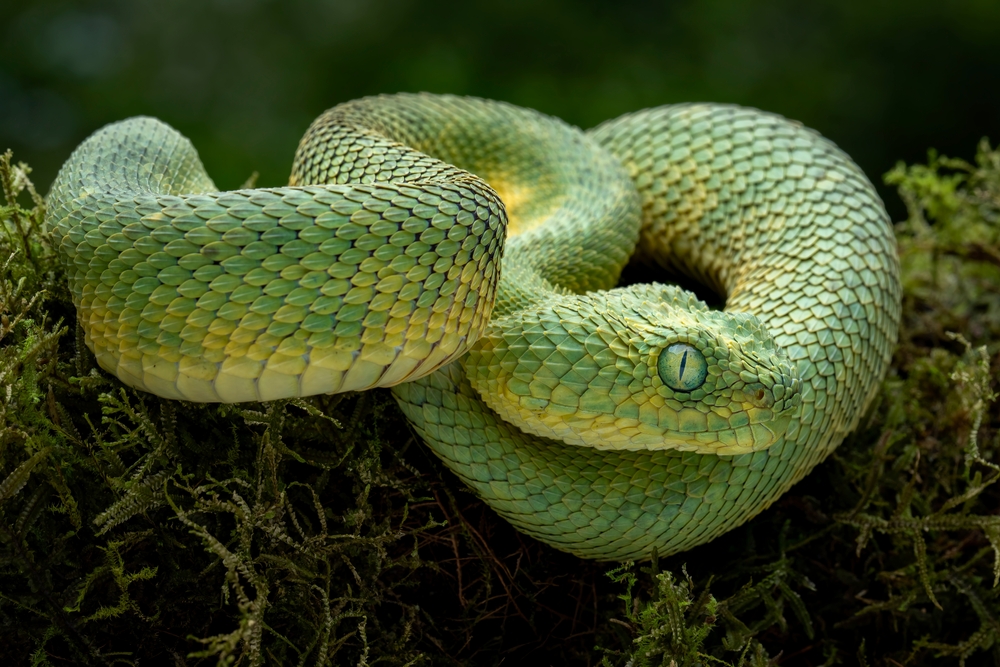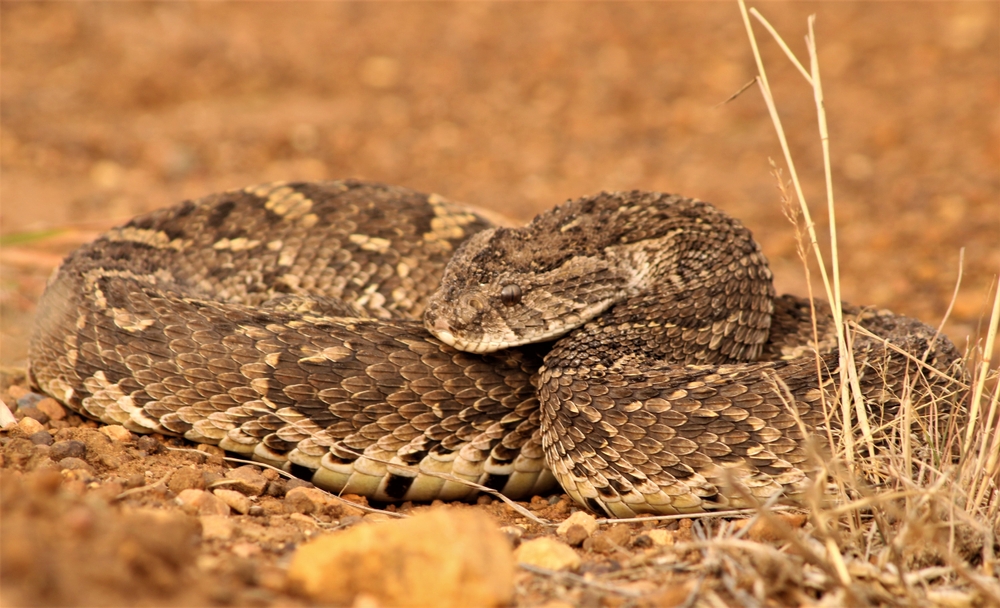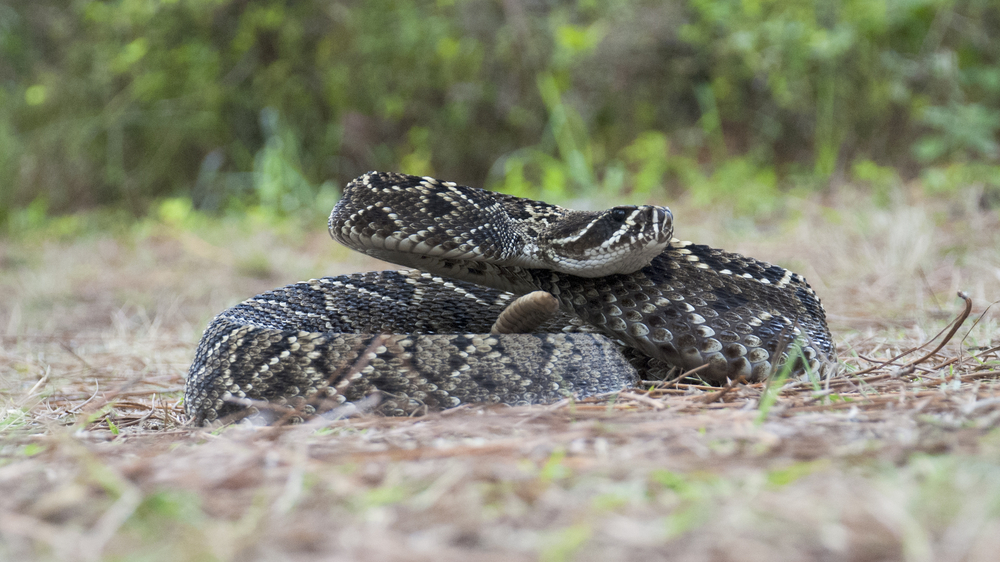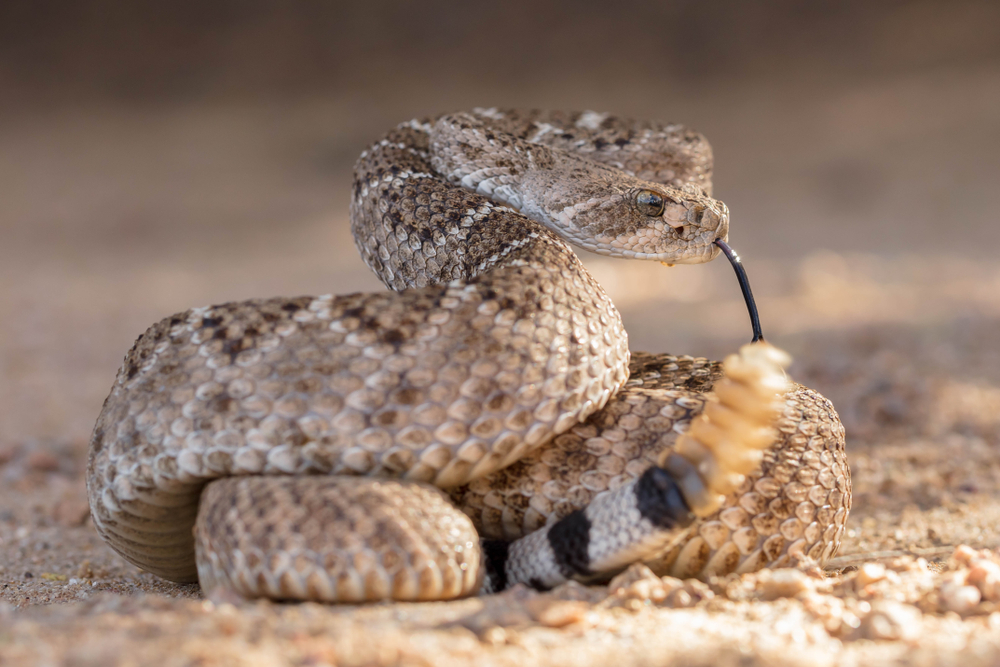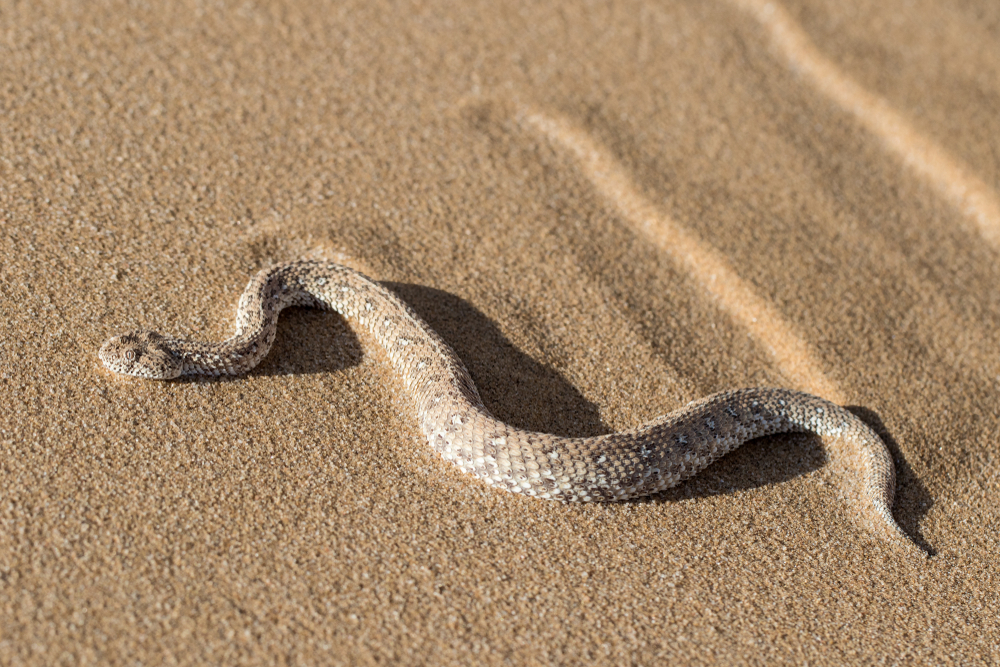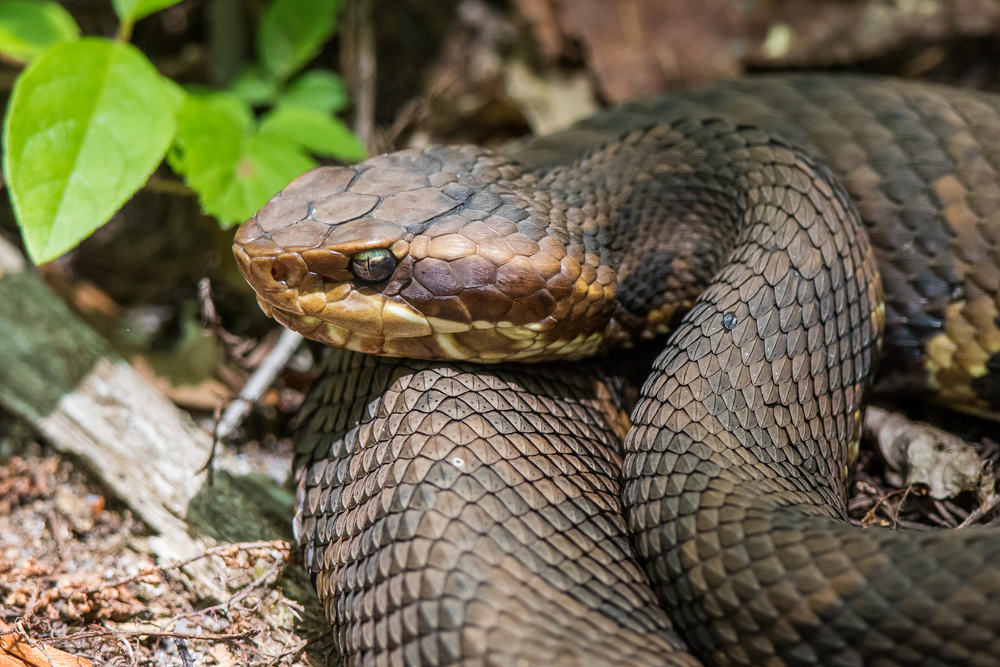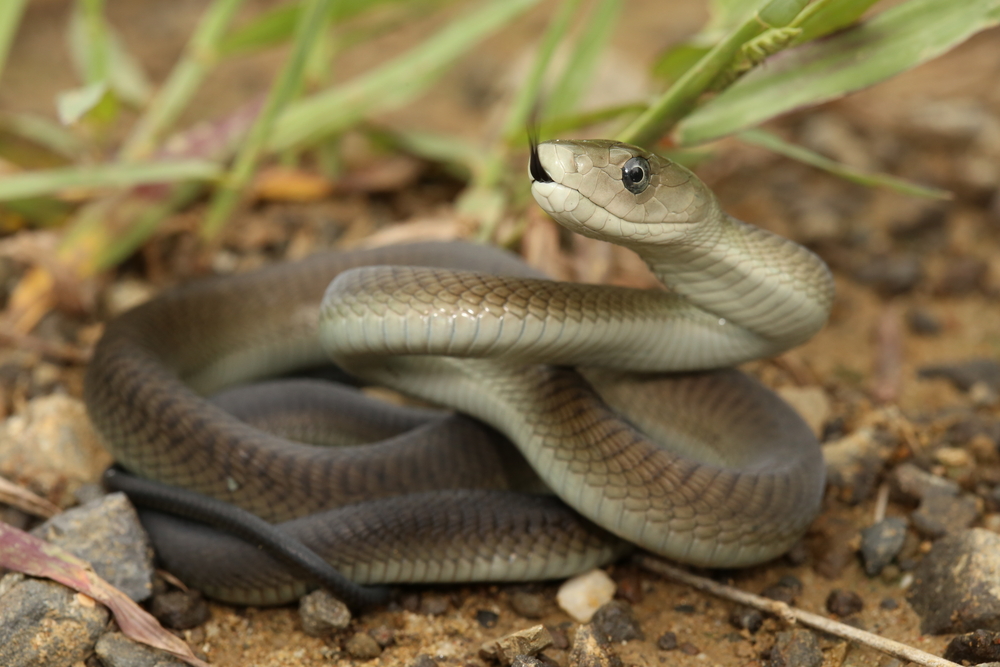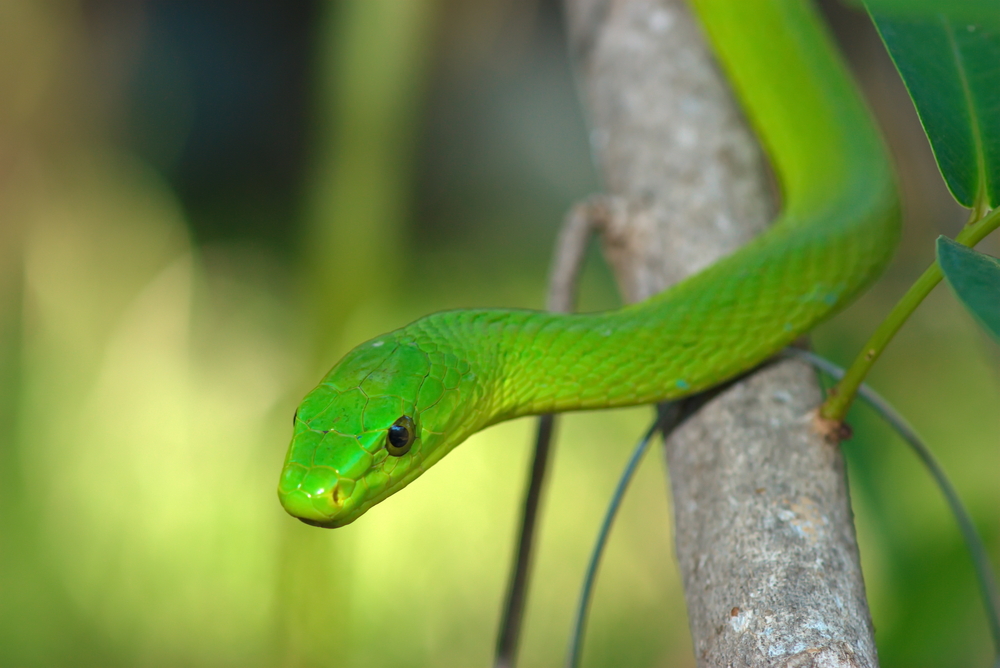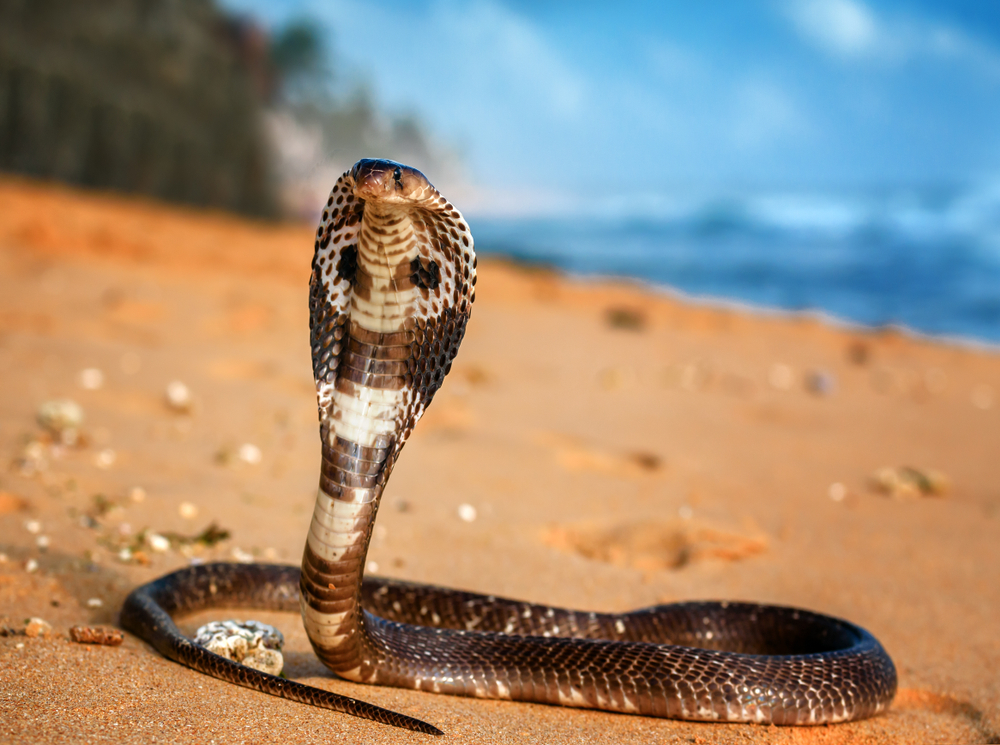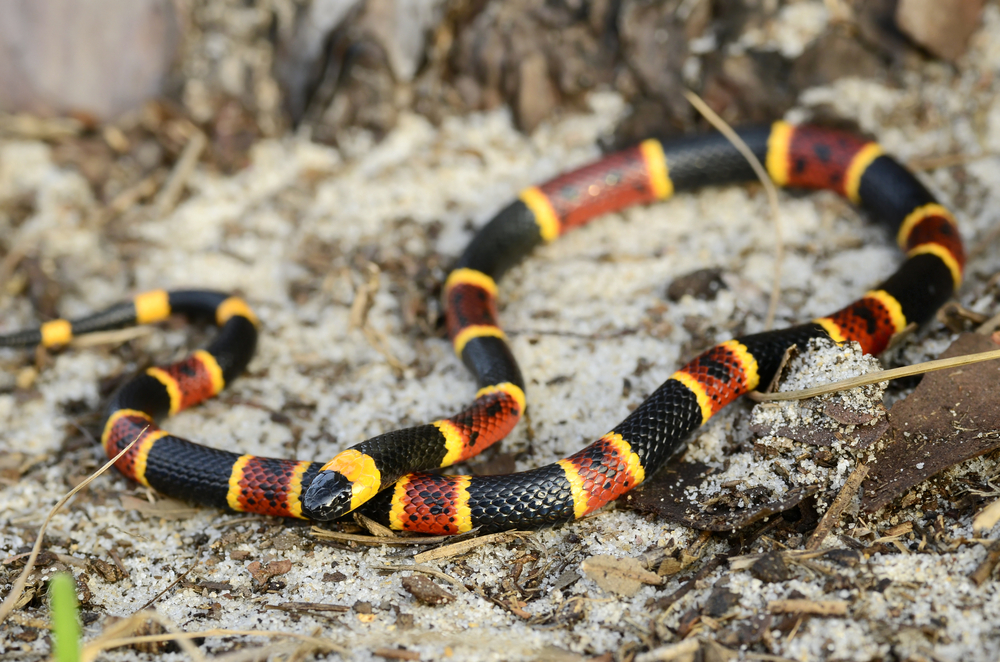Uniqueness
The Saw-scaled Viper stands out as one of the most dangerous and medically significant snakes in the world—not because of its size or appearance, but due to its deadly venom, high strike rate, and defensive sound-producing scales.
World’s Deadliest in Human Impact:
Despite its small size, the Saw-scaled Viper is responsible for more human deaths annually from snakebite than any other species. Its venom is potent and fast-acting, and its wide range across densely populated regions increases the frequency of encounters.
Sizzling Sound Warning System:
This species gets its name from the specialized, serrated scales along its sides. When threatened, it coils into a figure-eight posture and rubs its scales together, producing a distinctive rasping or “sizzling” sound—a behavior unique among snakes. This audible warning may occur before any strike, even when the snake is hidden.
Small but Extremely Fast:
Though usually under 3 feet (90 cm), Saw-scaled Vipers can strike with lightning speed and agility. Their combination of size, stealth, and aggression makes them easy to overlook—and dangerous to approach.
Broad Range with Local Variation:
Echis species are found across North and East Africa, the Middle East, India, and Sri Lanka, adapting to deserts, rocky hills, and farmland. Local variations exist in scale texture, pattern, and venom composition, making identification and treatment complex.
Nocturnal and Heat-Tolerant:
Uniquely adapted to desert life, these snakes are active in intense heat, often hunting at night and surviving in regions where many other reptiles would perish.
Medical Challenge:
The venom is primarily hemotoxic, causing internal bleeding, coagulopathy, and tissue necrosis. Effective treatment is difficult due to regional venom variation, and in many areas, antivenom access is limited.
The Saw-scaled Viper’s sizzling warning, venom potency, and disproportionate global impact make it one of the most distinctive and feared snakes in the world—despite its small stature and cryptic behavior.



































































